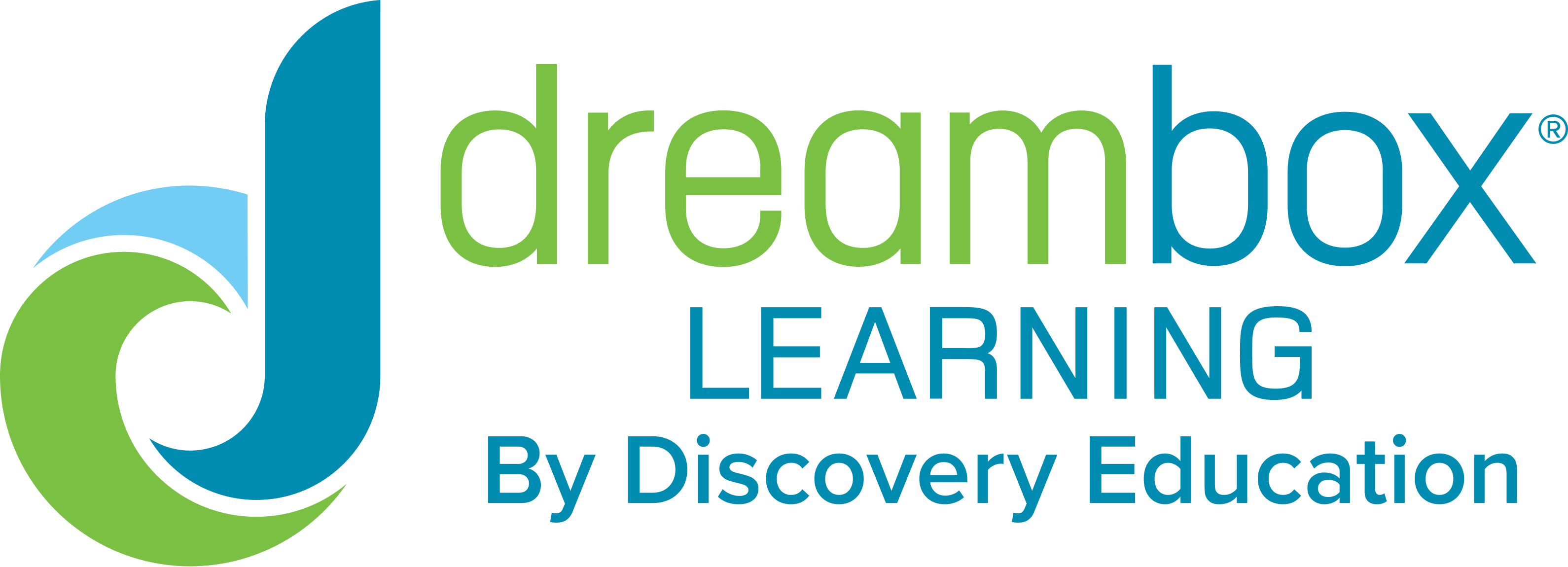Research
Guidebook: Blended Learning for Math Success Blended Learning Best Practices for the Math Classroom
February 01, 2016
SHARE NOW
Blended Learning Best Practices for the Math Classroom
By now you’ve probably read lots of studies confirming that the road to math proficiency and greater math achievement for all students, regardless where they are on the learning curve, is through Blended Learning and personalized instruction. The question for school administrators is no longer whether to implement this new teaching paradigm for math success, but how to make the transition. Our guidebook lays out the five key components of an effective Blended Learning framework to help keep your school stay on track at every step of the way.
You’ll learn how to:
1. Plan and Design a Blended Learning Program
The first step in designing your Blended Learning roadmap is to define your instructional vision. Consider which Blended Learning model best supports that vision as well as your mathematics program and learning philosophy, and how it will support or challenge current practice in your school, classroom, or district. Other planning elements covered in this guide include:
- Engage stakeholders (teachers, students, and parents)
- Align digital tools to instructional vision and goals
- Select an appropriate Blended Learning model for data-driven instruction
- Build a communication framework
- Manage classroom technology
- Help students understand why they’re using technology
- Define ongoing professional development
- Adopt a continuous improvement model
2. Implement a New Blended Learning Program
Throughout the implementation stage, ensure that all conversations, trainings, and events refer back to goals for teaching and learning, and get specific about how implementation efforts will address stakeholders’ needs (including students and parents). Most importantly, your initiative will need commitment from teachers and a plan to support them. This guide highlights strategies to help teachers flourish in Blended Learning environments, including how to:
- Empower teachers to innovate and deepen the learning experience
- Embrace student-driven learning
- Differentiate instruction with real-time data about how students are learning
- Blend learning for teacher development
- Build personalized competency-based learning experiences for teachers
3. Measure the Impact of a new Blended Learning Program
When school communities embrace a growth mindset culture, both teachers and students are encouraged to take risks and learn from mistakes. There is an effort to reflect on what works internally, while externally a cycle of improvement informs plans for the next phase of development. You have to model ongoing evaluation and adjust at every stage, from year to year. Resources, curricula, and goals may shift as you analyze data and results. The path of a blended learning journey is flexible and adaptive in respect to these changes. This guide discusses some considerations for the measuring and defining success, including:
- Student progress is based on mastery
- Data is used to enhance parent communication
- Professional development practices for teachers to learn from each other
4. Adjust a Blended Learning Plan
Continuous improvement in your learning and teaching community is contingent on a commitment to being adaptive. You’ll learn how to:
- Drive improvement with actionable data
- Fine-tune your continuous improvement process
- Keep stakeholders engaged and informed
5. Celebrate the Successes of a New Blended Learning Program
It’s important to celebrate student success when learning goals have been achieved, and recognize teacher successes. All of this creates an environment that propels motivation and progress.

@DreamBox_Learn










